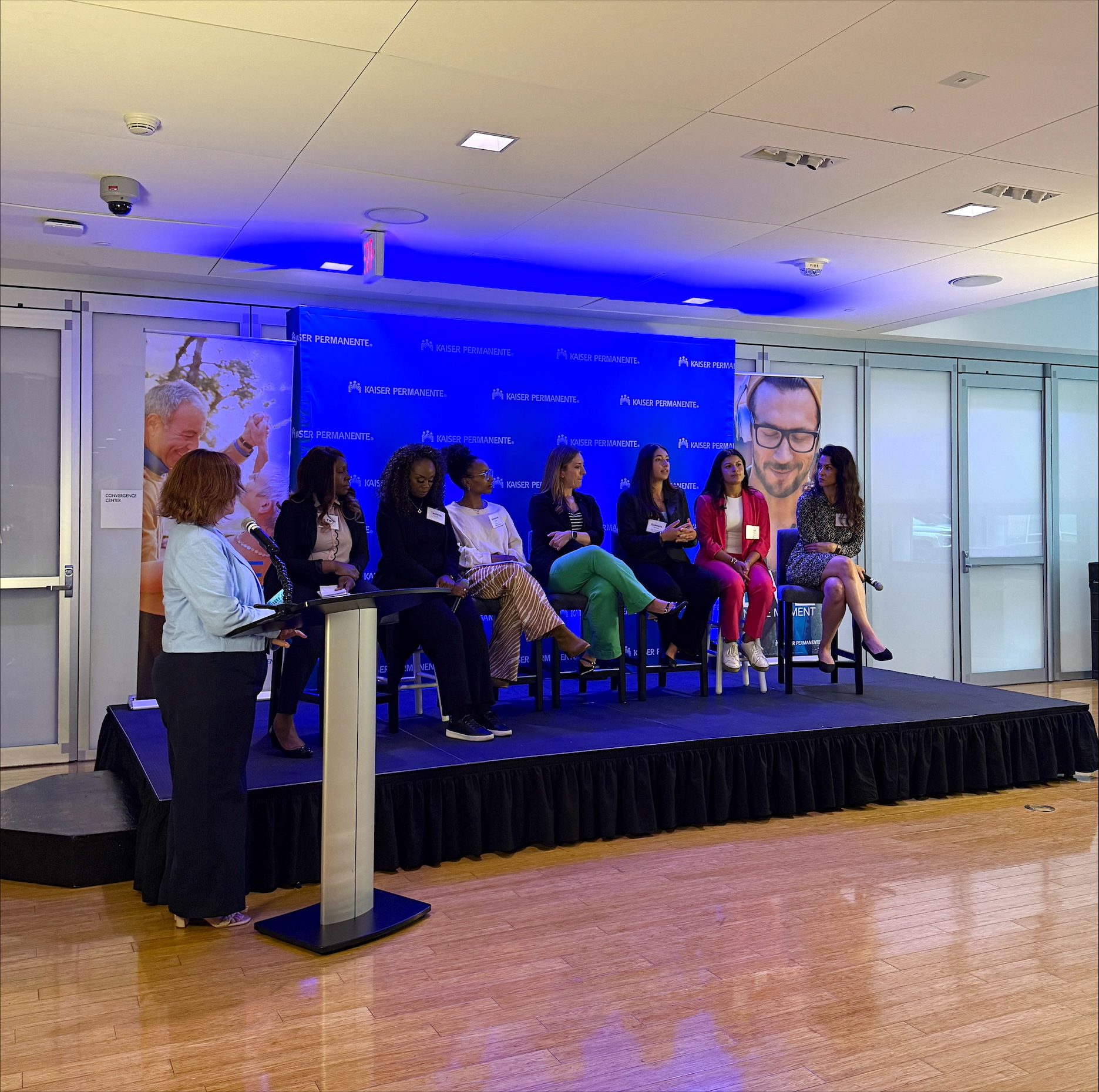The relationship between supply and demand is among the most powerful forces determining the cost and availability of goods in the marketplace. And lately, health care systems and schools are using those forces to chart a new course together in the ongoing battle for healthier food options.
Over the past decade, efforts have been building from within the health care and school sectors to address the need for more healthful foods, particularly foods that could be locally and/or sustainably sourced and produced. In the face of both an obesity epidemic and a growing crisis around environmental pollution and climate change, the idea has been to move away from processed or packaged foods to fresher foods – more fruits and vegetables – that have been proven to be associated with healthier lifestyles and a decrease in chronic disease.
In health care, this has meant taking a more thoughtful approach to what we feed the patients in our hospitals and care facilities and how we make healthy food and nutrition available in the wider community, where health begins.
In schools, research is consistently showing the links between good nutrition, strong academic performance and a healthy start in life for young people. School lunch and breakfast programs that offer healthier food options can support students throughout the school day while also making healthy eating a habit that can follow young people through their lifetime.
Health care and schools join forces
 Now, health care and schools are taking a similar approach. The Healthy Food in Health Care Program, a program of Health Care Without Harm founded in 2005, was among the first efforts to make the connection between the health of patients, staff and community and the food that hospitals serve, with an eye towards improving the sustainability of food services in hospitals.
Now, health care and schools are taking a similar approach. The Healthy Food in Health Care Program, a program of Health Care Without Harm founded in 2005, was among the first efforts to make the connection between the health of patients, staff and community and the food that hospitals serve, with an eye towards improving the sustainability of food services in hospitals.
More recently, Health Care Without Harm, one of the leading organizations supporting the spread of sustainable practices in health care, helped launch the Healthier Hospitals Initiative, which includes key benchmarks in food sustainability that hospitals can sign on to. Kaiser Permanente’s Institute for Health Policy recently partnered with Health Care Without Harm on some great infographics that show how the health sector is already transforming the food system towards greater health and sustainability.
At the same time, schools and universities have been engaged in similar efforts to leverage their purchasing power in favor of more just and sustainable food systems – from Real Food Challenge, dedicated to shifting college food systems towards support for a more “values-based food economy,” to School Food FOCUS, an effort that seeks to leverage the procurement power of large school districts to make school meals more healthful, regionally sourced and sustainably produced.
“We know that we need the entire supply chain to shift,” says Lucia Sayre, who serves as California Regional Director for Health Care Without Harm. “What hospitals, schools and university systems are demanding is greater access to sustainably grown healthy food. They want to build this into their sourcing contracts, track their sustainability spend and increase the availability of these foods in the marketplace in order to make them more affordable and accessible and to serve the health needs of others. Ultimately, in order to accomplish this, it’s going to require joining forces together to build stronger regional food systems.”
Putting supply and demand to work for sustainability
This is where the laws of supply and demand come into play. When demand for a particular product is high, it puts demand on the supply chain to provide more of that particular commodity.
That’s just the sort of outcome that a joint partnership of health care and school purchasing power is hoping to affect. Increasing the demand for more fresh, healthy food produced sustainably and through just means (e.g. fair wages, safe working conditions) can eventually shift our country’s food system towards a greater supply of sustainably produced food.
Kaiser Permanente is working with School Food FOCUS and Health Care Without Harm to lay the groundwork for the development of a cross-sector learning collaborative that will engage school districts, hospitals and food supply chain stakeholders to work together on large-scale institutional food sourcing strategies that can increase the amount of healthy, sustainable food the engaged institutions purchase.
Sayre explains that these joint efforts are still somewhat in their infancy, but she’s excited to see how they unfold.
“We’re still in the early stages of building relationships with one another and educating ourselves how each sector does this before we start working together. But, we’ve got efforts underway regionally here in California to take the hospital-school relationship even further into how we can benefit the community. If we use our status as anchor institutions for good, we can leverage our purchasing power to move local economies in new directions that are healthy for the planet and for our communities.”




